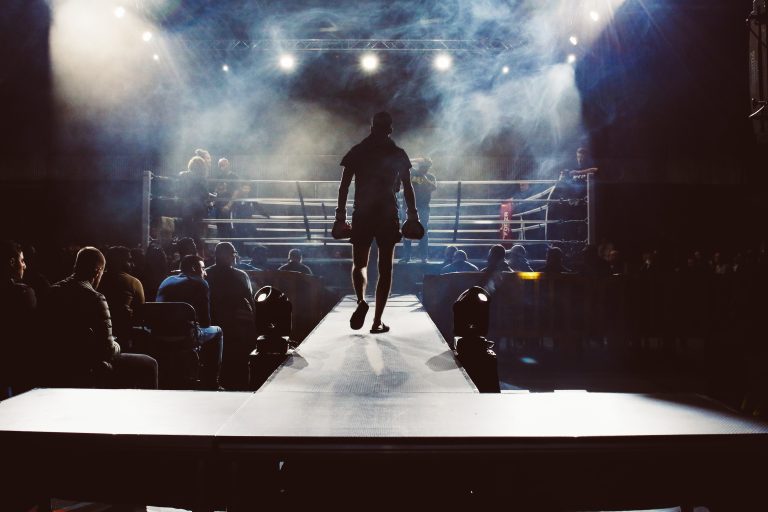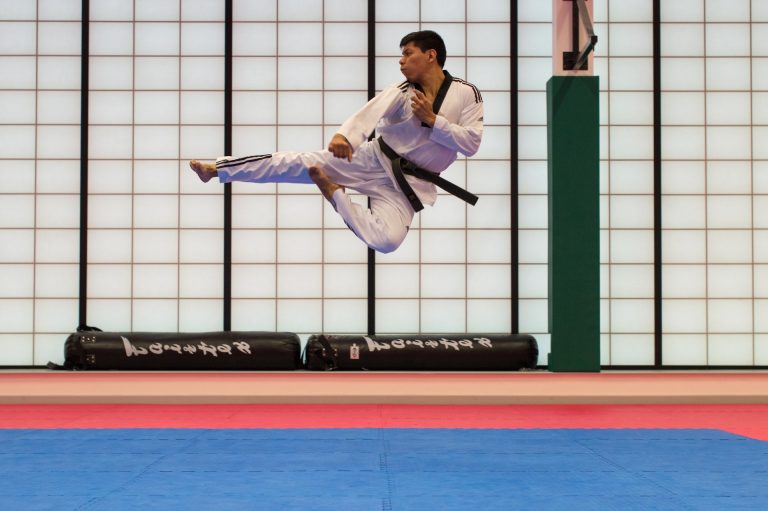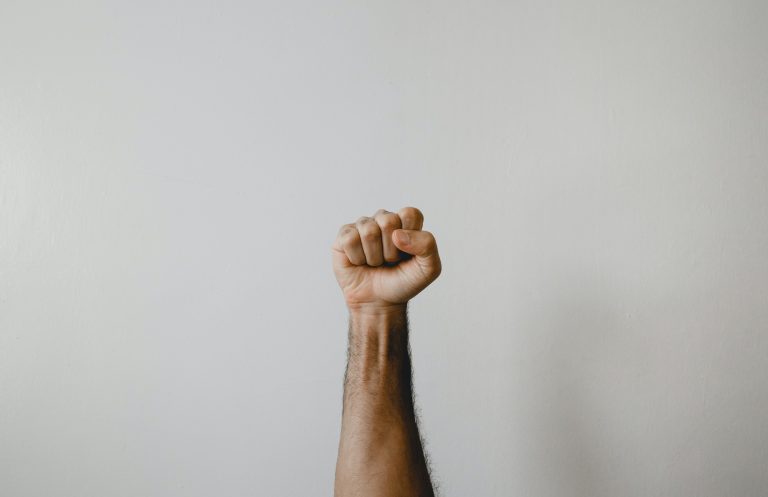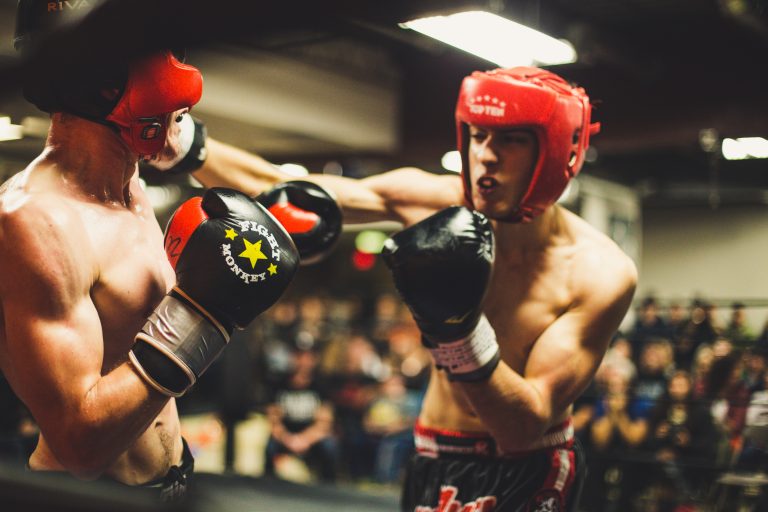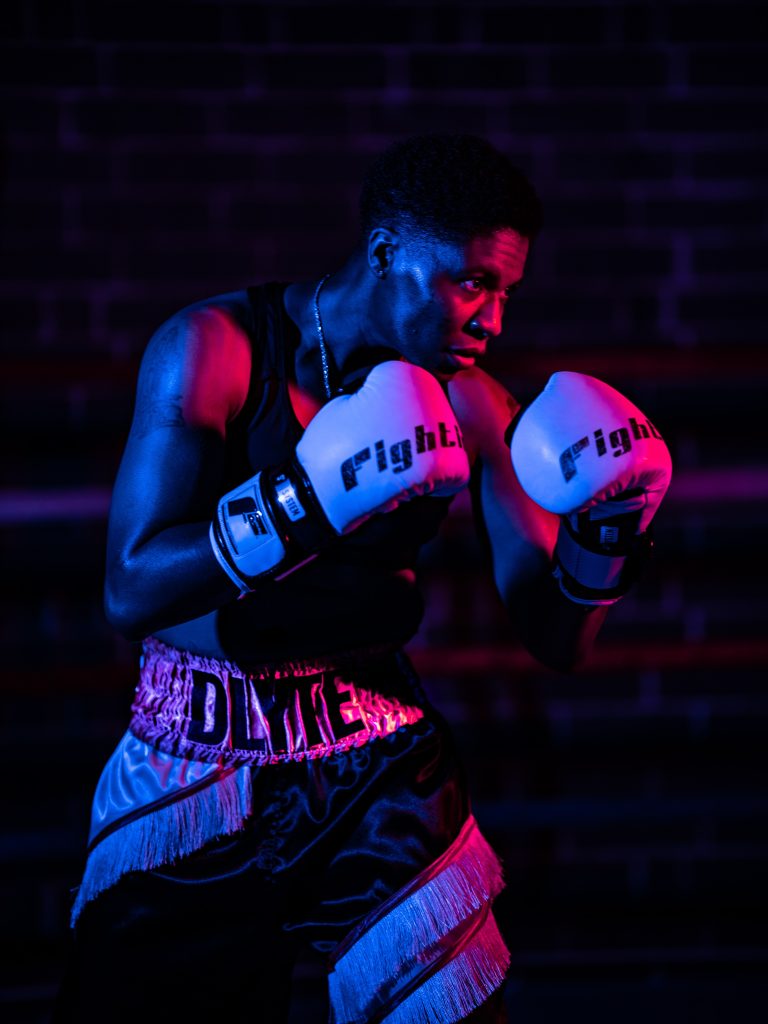Zusammenfassende Geschichte des Karate
Karate ist eine Kampfsportart, die ihren Ursprung im Ryukyu-Königreich, das heute die Okinawa-Präfektur in Japan ist, hat. Die Kampfsportart hat im Laufe der Jahre mehrere Änderungen durchlaufen und wurde von verschiedenen Personen und Kulturen geprägt.
Frühe Geschichte des Karate
Die Wurzeln des Karate können auf die uralte chinesische Kampfkunst zurückgeführt werden. Einige Archäologen glauben, dass Karate auf der Insel Okinawa entwickelt wurde und später von chinesischen Mönchen beeinflusst wurde, die ihre Kenntnisse während ihrer Aufenthalte in Okinawa austauschten.
Das ursprüngliche Karate war bekannt als “Toudi” oder “China-Hand”. Die Kampfsportart war nur wenigen Einwohnern Okinawas bekannt und wurde geheim gehalten. Im Jahr 1902 lud ein Offizier namens Itosu Ankō Karate in das okinawanische Schulsystem ein, was zu einer größeren Verbreitung der Kampfsportart führte.
Modernisierung des Karate
In den 1920er Jahren begannen einige Karate-Meister damit, die Kampfsportart zu modernisieren und zu systematisieren. Gichin Funakoshi und Kenwa Mabuni waren die Vorreiter der Modernisierung des Karate. Sie kombinierten aktuelle Trainingsmethoden und erstellten neue Kata, was dazu beitrug, dass Karate in ganz Japan populär wurde.
Während des Zweiten Weltkriegs wurden viele Karate-Meister eingezogen und mussten ihre Kenntnisse auf die Schlachtfelder des Krieges anwenden. Nach dem Krieg war es schwierig, Karate fortzusetzen, da es mit den kriegführenden Streitkräften in Verbindung gebracht wurde. Einige der verbliebenen Karate-Meister nutzten die Gelegenheit, um die Kampfsportart zu modernisieren und neue Karate-Stile wie Shotokan, Goju-Ryu und Shito-Ryu zu gründen.
Entwicklung von Karate in den USA
In den 1960er Jahren wurde Karate in den USA populär, nachdem Meister wie Masutatsu Oyama und Gogen Yamaguchi dorthin gereist waren. Die Popkultur der 60er Jahre und der Ruhm von Schauspielern wie Bruce Lee trugen ebenfalls zur Popularität von Karate bei. Viele Amerikaner wurden von Karate fasziniert und trainierten hart, um die Kampfsportart zu beherrschen.
Heute ist Karate weltweit als eine Form der körperlichen und geistigen Selbstbeherrschung und Disziplin bekannt. Die Top-Karateka trainieren hart, um ihr Können zu perfektionieren, während immer mehr Menschen die Kampfsportart als Form des Trainings oder der Meditation praktizieren.
Obwohl sich Karate im Laufe der Jahre weiterentwickelt hat, bleibt es eine Kampfsportart, die auf alten Traditionen und Werten basiert und ständig danach strebt, Körper und Geist zu einer Einheit zu vereinen.
The most frequently asked questions about the Zusammenfassende Geschichte des Karate
Karate is a martial art form that originated in Japan, and now practiced all over the world. Over the years, it has undergone significant transformations, adopting new forms and techniques unique to different regions. Its history is vast, spanning over 100 years, and full of interesting facts and stories. Here are some of the most frequently asked questions concerning the Zusammenfassende Geschichte (Summary History) of Karate:
1. What is Karate, and how did it originate?
Karate is a martial art that uses a combination of hand and foot techniques for self-defense. It originated in Okinawa, Japan, where it was known as Te. Te means hand, and it was a form of fighting unarmed. In the early 20th century, Gichin Funakoshi, called the father of modern Karate, introduced it to mainland Japan. Since then, Karate has evolved, with different styles of Karate emerging from different regions like Shotokan, Shito-Ryu, Wado-Ryu, Goju-Ryu, and more.
2. What are the benefits of practicing Karate?
Karate is an excellent form of exercise that offers both physical and mental benefits. Physically, it helps to improve flexibility, balance, and coordination. It also helps to strengthen muscles and bones, thus reducing the risk of injury. Mentally, Karate promotes self-discipline, focus, and concentration, improving overall mental health.
3. How is Karate different from other martial arts?
Karate is distinct from other martial arts due to its emphasis on linear movements and the use of supplementary punches and kicks. It also prioritizes the practitioner’s mental and emotional development, focusing on character-building and moral principles.
4. What is the significance of the Karate uniform (Gi), and why do practitioners wear it?
The Karate uniform, or Gi, is meant to symbolize the traditional values and customs of Japan. It is white, representing purity and lack of ego, and made of breathable cotton to ensure comfort during training. Additionally, the Gi provides a distraction-free environment where the practitioner can focus on their technique without any hindrance.
5. What is the meaning of the Karate belt system, and how does it work?
The Karate belt system is a way of ranking the practitioner’s abilities and knowledge of the martial art. It comprises different colors that signify different levels of proficiency, starting from white (beginner) and ending at black (expert). Each level requires years of dedicated practice, discipline, and technique mastery.
6. How is Karate practiced, and what does a typical Karate training session entail?
Karate is typically practiced in a dojo or training hall, where practitioners train under the guidance of a sensei (teacher). A typical training session entails a warm-up exercise, stretching, basics (punches, kicks, and stances), kata (pre-arranged sequences of movements), kumite (sparring), and cool-down exercises.
7. How has Karate evolved over the years?
Karate has undergone significant transformations, adapting to its changing social and cultural surroundings. In its early days, Karate was primarily a form of self-defense, geared towards training the mind and body. Over the years, it has evolved into a sport, with competitions and tournaments held all over the world, and incorporating various techniques from different martial arts.
8. What are some famous Karate practitioners, and how have they contributed to the development of the martial art?
There have been several famous Karate practitioners, with each contributing to the development and popularization of the martial art. Some notable names include Gichin Funakoshi, Masutatsu Oyama, and Hironori Ohtsuka. Gichin Funakoshi is known as the father of modern Karate, while Masutatsu Oyama introduced Kyokushin, a full-contact style of Karate. Hironori Ohtsuka founded Wado-Ryu, a unique style of Karate that incorporates techniques from Jujitsu.
Conclusion
The history of Karate is fascinating and filled with exciting stories of legendary practitioners who have contributed to its development and popularity. As a beginner or enthusiast of Karate, understanding its summary history, benefits, and the different practices and techniques can help you appreciate the martial art form more.
Inhaltsverzeichnis

